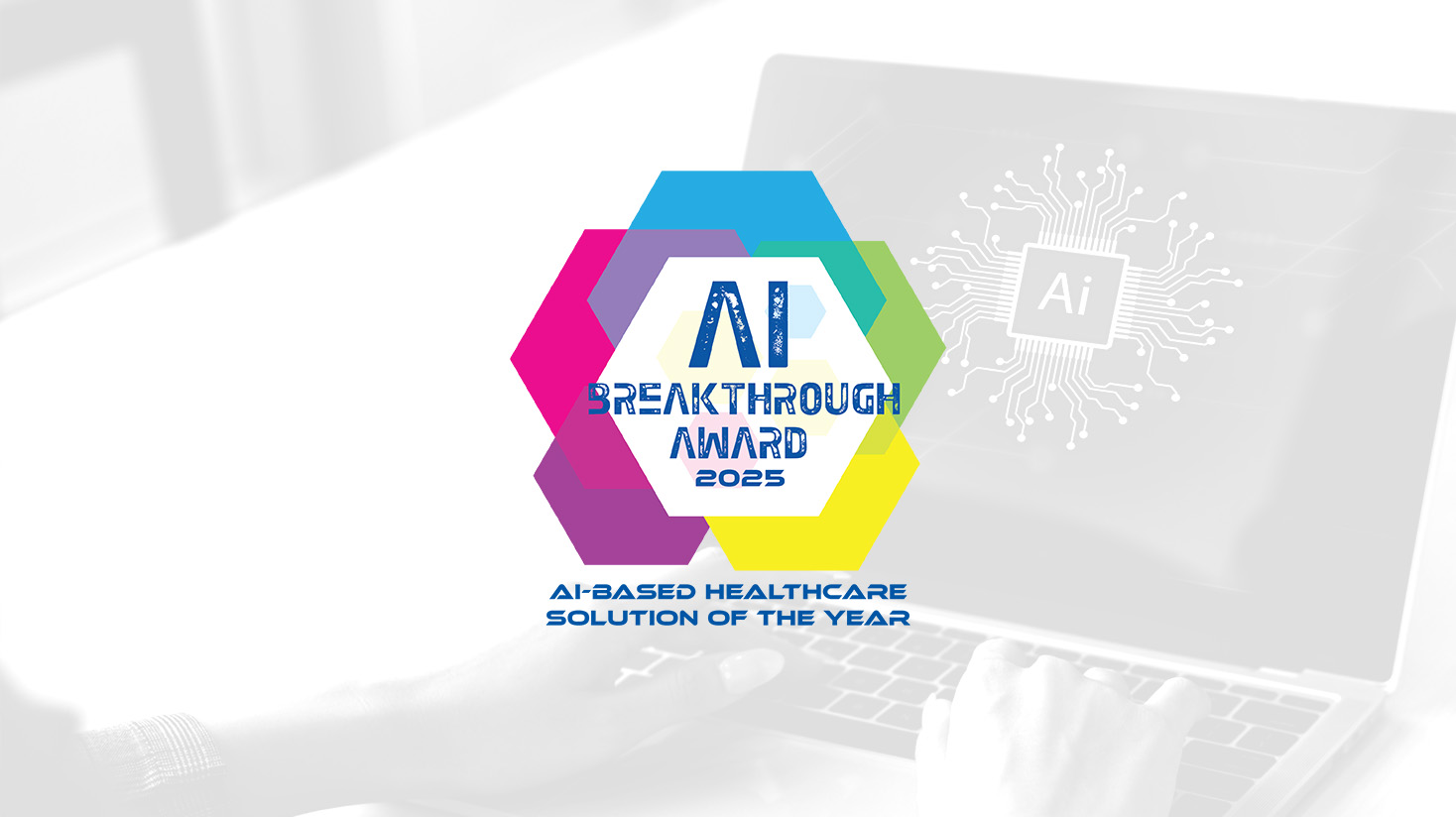Interested in seeing a demo?
Fill out the following information (please ensure you provide some detail on the problem you are looking to solve or the Messagepoint product you are interested in).

Over half of life insurers’ IT budgets are now dedicated to maintaining legacy technology infrastructure, which is a rate significantly higher than in peer industries. This means, that while digital innovators can invest their IT spend in solutions that drive competitive advantage, many insurers waste time and money propping up outmoded ways of managing the business. Modernization initiatives in key operational areas are long overdue to reduce tech debt and shift investments to initiatives that support key operational goals.
Toward this end, already 63% of life insurers have modernized core policy management systems. While these systems drive efficiency behind the scenes, there is still a massive need to impact the customer-facing operations of the business. Customer correspondence is an area where insurers have been slow to make investments, and yet, these communication touchpoints play a critical role – customer relationship. After a policy has been purchased, life insurers typically don’t have regular contact with their customers aside from billing and payments. In this context, the written communications sent throughout the customer lifecycle, such as correspondence, welcome kits, and policy documents, represent a key opportunity to build trust and loyalty.
The outdated, often custom-built systems that many life insurers use to manage these communications are often decades old. This makes adapting them to support modern business processes and customer experiences is in some cases simply not possible, or at best, incredibly difficult. Moreover, the maintenance of these systems is becoming increasingly resource-intensive, with changes having to be manually coded by IT. This is a key contributor to life insurer’s rising operating expenses and technical debt.
To eliminate this debt and modernize both employee and customer experiences, IT teams need to invest in a new, scalable system that can lower their maintenance costs, reduce workload, and provide the next-gen capabilities needed to support their organization’s ambitions around digital customer experience.
This blog outlines 8 must-have capabilities to look for when selecting a modern correspondence management system.
Cloud-based correspondence management platforms offer a far lower total cost of ownership by significantly reducing infrastructure and maintenance costs than those managed on-premise. Built on modern tech stacks, cloud-based systems also reduce dependency on the small number of employees who possess the specialized knowledge needed to maintain legacy or custom-developed solutions.
In addition, cloud platforms provide a seamless upgrade process, enabling businesses to take advantage of new features and the latest security enhancements as soon as they are available. There is no need for manual updates or extensive regression testing. They support real-time collaboration, allowing teams to access and update content from anywhere—an essential capability for workforces that have become increasingly distributed and remote.
Depending on your organization’s internal policies and commitments regarding data privacy, a pure cloud deployment may not be the best fit for your business. It’s worth considering solutions that provide hybrid, private, and public cloud options, that enable you to manage your content in the cloud while hosting your composition systems, which process real customer data, in a location that makes sense for your organization.
The personal connection that frontline workers such as call center agents and claims adjustors provide is essential in fostering strong customer relationships. Equally important is the speed and accuracy of their responses, as well as the ability to support the one-off print and digital communications these teams send to customers as part of their interactions.
The system should enable frontline teams to quickly locate, personalize, and send these communications while giving content owners and managers high-level control over what is sent. To do this, the system should provide frontline workers with seamless access to the most up-to-date versions of these communications directly within the customer management systems they already use, eliminating the need to search through shared servers and Word templates. They should also be equipped with tools to personalize content and graphics through a streamlined interview process, after which a purpose-built communication using the customer’s specific data is generated. Content should be editable in pre-defined spots with a controlled WYSIWYG editing experience to achieve true one-to-one personalization. The solution should also provide integrated approvals so that the communication can then be passed to other stakeholders for review and approval.
When asked to support another communication channel, particularly when legacy systems are in place, organizations often stand up a new system that operates as an independent silo. This creates inefficiencies in maintaining similar content in multiple places or results in costly integrations that attempt to bridge disparate platforms.
Instead, life insurers should look for a centralized content hub that enables communications to be delivered to any channel where it’s required. In these systems, content is managed independently from channel-specific templates and layouts—known as the “presentation layer”. This approach eliminates the need for separate sets of communications for each delivery channel, provides the flexibility to repurpose content to support new channels and experiences as business needs evolve, and ensures consistent messaging and compliance across all channels.
Another benefit of separating content from the presentation layer is that it enables content to be accessed and delivered via APIs so any front-end tool can display and format it. These “headless” capabilities extend content delivery beyond traditional channels, such as print and email, to a wide range of digital endpoints like customer portals and mobile apps. This creates a more responsive and personalized digital experience for customers and eliminates the need to scroll through lengthy, non-responsive PDFs.
Legacy systems typically require IT to code content updates into communication templates. Look for CCM solutions that empower non-technical users to create, manage, and update communications through intuitive, no-code interfaces. Some may also enable business users to control the composition template, providing capabilities for managing data sources, targeting rules, layouts, and other key aspects of content presentation without IT involvement. By putting content changes in the hands of business users, change cycles can be dramatically accelerated, providing the business with the flexibility to launch products more quickly and meet regulatory deadlines with ease.
Understanding how content is managed within the system is crucial. Avoid systems that enforce a “document-centric” approach, requiring unique templates to be created for each individual communication and replicated across each product, brand, or region your company operates in. This leads to extensive libraries of redundant templates and duplicate content which becomes incredibly time-consuming and resource-intensive to manage and maintain.
Instead, look for solutions that offer a modular approach to content management. These systems enable template and content reuse so that common content, such as product information, clauses, and regulatory disclosures, is centrally managed and shared across all communications and channels. For example, you can have a single letter for the change of a beneficiary confirmation that leverages one template and variations are then dynamically generated with the right graphics, brand names and content based on customer profiles, brand, product, and region data. This approach drastically reduces template management overhead, freeing IT teams from repetitive tasks and focus on higher value work.
Hosting your entire CCM environment, including composition, in your vendor’s cloud can get your organizations up and running quickly and ease maintenance burdens. Key to this is ensuring your vendor provides a secure environment for processing customer PII. This data should be fully encrypted end-to-end, both in transit and at rest, and your vendor should have Zero Trust security model in place that validates every device, node, and activity within the production process significantly to reduce the risk of data breaches.
Look for solutions offering high availability and fault tolerance. Your vendor’s cloud production environment should be deployed in multiple geographic regions for redundancy and immediate disaster recovery. Services should be replicated and synchronized across multiple availability zones, with backups of all customer data maintained in different locations. In the event of a disaster, the system should be able to automatically fail over to another region, ensuring minimal downtime and continuous operation.
Many life insurers are striving to move communications and simple processes online to enable customer self-service. From customer onboarding to claims submission, opportunities exist to replace traditional print and PDF forms with dynamic workflows embedded into responsive mobile apps or portals. These workflows collect information intelligently, pre-filling known details, validating data in real-time, and providing instantaneous confirmation that the request has been processed.
Communications often need to be generated during these self-service interactions, providing a written record for both the customer and the business. Orchestrating these bi-directional interactions requires a correspondence system that integrates with the low-code/no-code platforms that make it easy to create and support these modern workflows. Look for solutions that not only enable bi-directional communications but also those that facilitate streamlined content management so that content isn’t replicated across multiple systems to support different channels – including print. This should also enable teams to incorporate personalized content such as product recommendations, health tips, and next-best actions from a centralized, data-driven content hub that creates a consistent experience across channels.
Time-consuming, complex, and costly migrations are the single biggest barrier to modernization initiatives. With content and communications locked into a variety of legacy systems, it’s not uncommon for organizations to be faced with months to years of work and millions of dollars to transform communications. Some vendors offer migration tools that merely lift and shift your content, transferring all of the redundant and inconsistent content from your old system into the new environment. Instead, look for a solution that leverages AI-powered content rationalization to streamline the migration process. These advanced tools can ingest content from legacy systems, and consolidate all duplicate and semantically similar content, ultimately preparing it for migration into a new system. This means migration can happen in days, not months while providing significant cost savings compared to a services–based approach.
Selecting the right cloud-based correspondence management system is crucial for life insurers aiming to stay competitive and meet evolving customer expectations. By selecting a system that provides the capabilities outlined above, IT teams can ensure they choose a solution that supports digital transformation, reduces costs, and provides long-term scalability.

Customer communications is a general term that refers to many different types of communications across all industries and…
Read the Article
In mortgage servicing, communication with borrowers is more than a routine task—it’s a core operational and compliance function.…
Read the Article
Prestigious International Annual Awards Program Honors Standout AI Companies & Solutions LOS ANGELES, Calif., June 25, 2025 –…
Read the Article